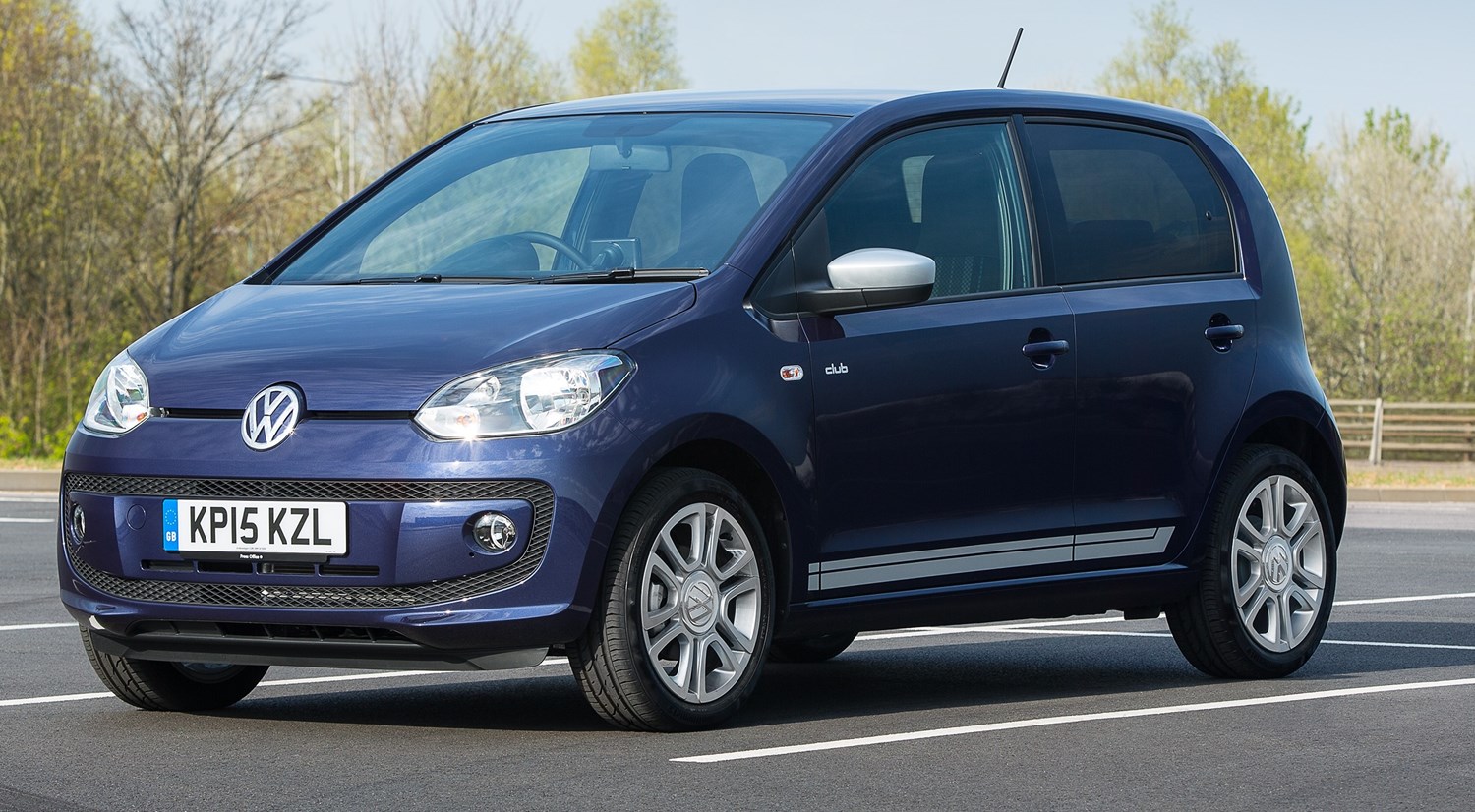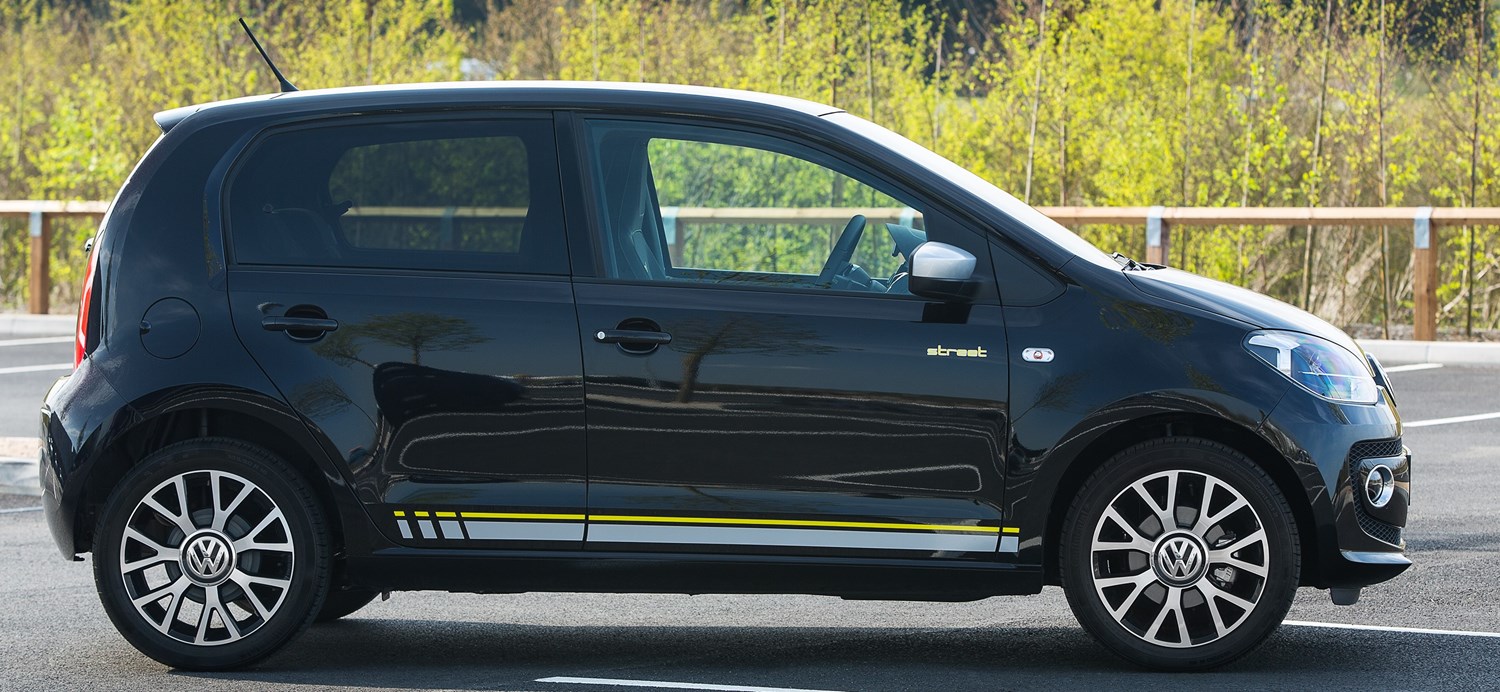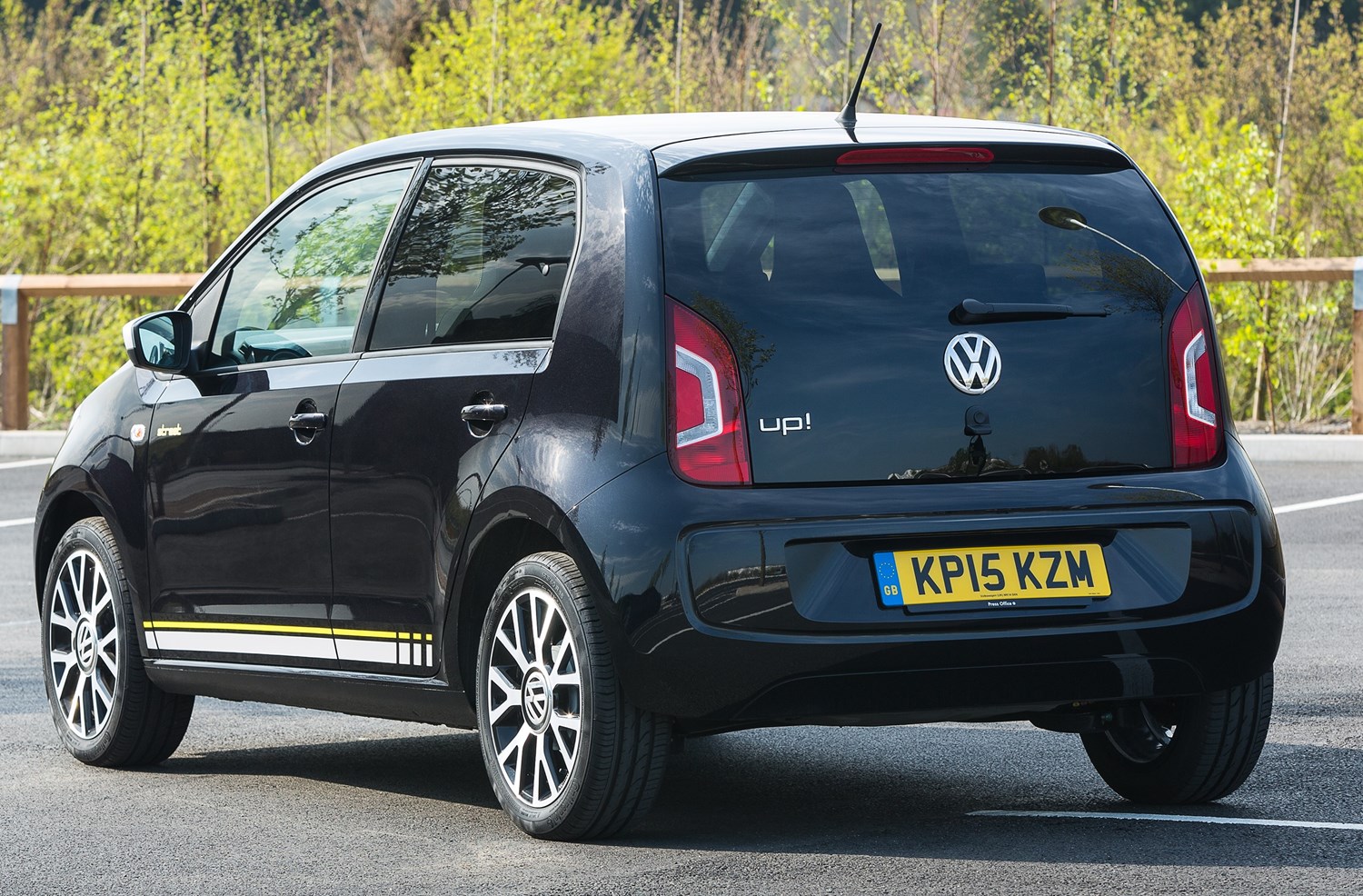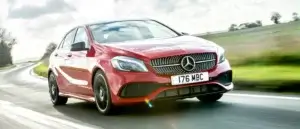Latest model
The Up is still in its first generation, but it was updated in 2016. The update brought new styling at the front and rear, along with standard equipment upgrades across the range.
The engine range was also updated which, though available with roughly the same power outputs as before, focus on reduced emissions by Volkswagen's BlueMotion Technology. This includes stop/start systems and regenerative braking to top up the battery. A five-speed automatic is available on the lower output units.
One new engine was introduced in the facelift, which adds turbocharging to the mix. This 1.0-litre TSI engine produces 89hp and similar performance to the original Golf GTI. An even quicker Up GTI is due next year, while an all-electric e-up, with a 93 mile battery range was reintroduced shortly after the facelift.
It's available in three or five-door versions, with the five-door model being much better for accessing the two compact rear seats. Unlike some rivals, which offer full length fabric roofs as a convertible option, the Up can be specified with a panoramic sun roof.
The Up's trim level names avoid the usual Volkswagen system in favour of more jovial alternatives. The entry car is called the Take Up, while there's also Move Up and High Up versions. A special edition in collaboration with audio brand Beats is, appropriately, called Up Beats and includes a 300W, seven-speaker sound system with a subwoofer in the boot (reducing the total load area by 8 litres).
Personalisation is a strong suit for the Up, with 13 exterior colours, graphics, contrasting roof and mirrors, five dashboard colours and five additional choices of alloy wheel colours.
Although standard equipment has improved since the first generation car, the entry-level Take Up still has steel wheels, a traditional heater system and a 3.1-inch monochrome display for operating the CD radio – although DAB is standard. The system does allow for smartphone integration and an accompanying Maps + More app will allow you to use your phone in place of this display.
Value for money
With a starting price at less than £10,000, the Up does seem to be good value. However, at this price the specification isn't great.
Buyers of this entry-level Take Up model miss out on a significant number of modern amenities, with only the curious inclusion of DAB radio as the exception. Steel wheels instead of alloys, an old-fashioned heater system instead of air-conditioning, a single-piece rear seat backrest and no steering wheel adjustment is all like being back in the 1990s again. You'll need to spend a lot more money to get things like reversing cameras or climate control.
The options list isn't too pricey however. The most expensive single option is the £700 panoramic roof and it's possible to get a few options like cruise control relatively cheaply.
Running costs are good all round, with the 1.0-litre, three-cylinder engines all returning over 60mpg on paper and CO2 emissions that qualify for low tax brackets. Insurance costs are good, with some cars even sitting in the lowest group 1 band, and depreciation is stellar for a city car.
Ultimately while the purchase price could be lower – or the standard equipment list better – it's a decent value buy.
Looks and image
Volkswagen has a reputation for making well-built cars that are decent to drive, if perhaps a little unspectacular. The Up fits that format perfectly.
It's not the boldest design out there, but the Up is a reasonably distinctive car (ignoring its stablemates) and avoids a lot of the weirder design cues that permeate smaller cars.
Although the brand has a mainstream premium image, it can't carry over to the cheap Up. It's probably the most premium car in its class, but it feels cheap in a number of areas where other Volkswagens do not.





